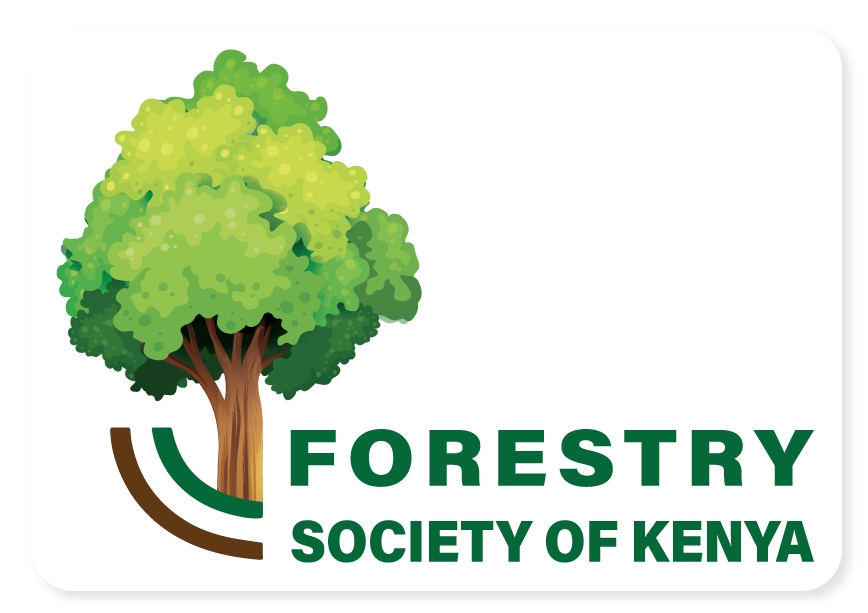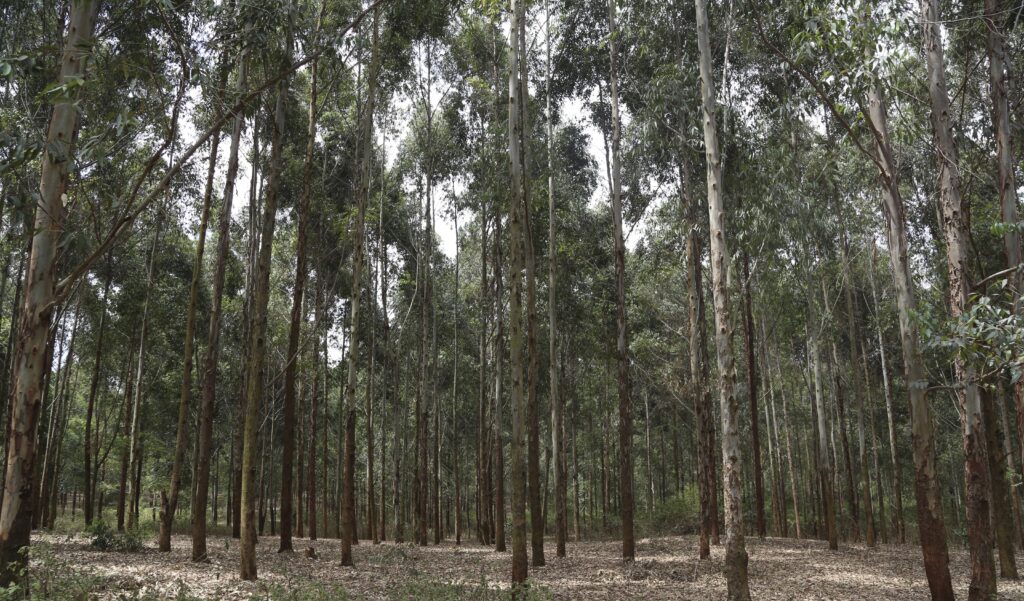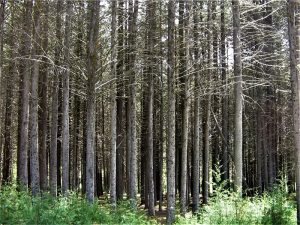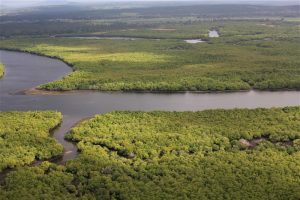By Mercy Njane . January 07, 2025
The global forest cover is estimated at 4.06 billion hectares according to Global Forest Resources Assessment Report 2020. The plantation forests cover approximately 131 million hectares which is just 3% of the total global forest area. At the same time, 420 million hectares of forests have been lost globally since 1990. According to UNREDD, the global annual forest plantation production capacity should be at 1.8 billion m2 by 2020 to meet the growing wood demand.
In Kenya, the forest sector plays a key role in socio-economic development, contributing to approximately 3.6% of the country’s GDP which is exclusive of the environmental services. It further supports the urban and rural population through the provision of charcoal and wood fuel. The sector has also provided jobs for approximately 18,000 to 50,000 people directly and 300,000 to 600,000 indirectly.
The wood deficit in the country is increasing as the demand for wood and wood products increases. This has led to increased imports of these products from countries such as the Democratic Republic of Congo (DRC) and China some of which are from illegal logging sites. Some of the wood imported are of poor quality which ultimately leads to the production of sub-standard material. The wood supply deficit spiked following the logging ban in public and community forests in 2018, which are the main sources of wood products in the country.
As Kenya experiences a wood deficit, commercial forestry is one approach that will bridge this gap. It will further lead to an increase in forest cover and reduce the pressure on the natural forests. Commercial forestry entails tree growing for the purpose of sale and wealth creation. Private lands, rangelands, and suitable grasslands are some of the potential areas for commercial forestry in Kenya. Similarly, public and community forests also have the potential for commercial plantation either by the government or by private entities through concessions.
The establishment of 150,000 hectares of commercial private forests plantations is one of the Nationally Determined Contributions (NDCs) Adaptation Actions for the period 2020-2030. This is expected to give impetus to the aspiration to have a sustainable wood supply within the country. Though the opinion is divided on where these hectares for commercial forestry will come from, consensus exists on the immense opportunity of the ASAL areas which constitute up to 80% of the total land in Kenya and can be utilized for commercial forestry. Therefore, the need for more research and development of commercial tree species adaptable to the climatic conditions of the ASAL regions cannot be overemphasized.
Concessioning of public plantations is another possible approach that can be adopted. Section 44 of the Forest Conservation and Management Act 2016, provides for concessioning of public forests. This approach is expected to attract capital and investment from the private sector and revitalize the public plantation, which has received a fair share of criticism from many quotas.
Incentivizing tree growing is an approach that can help attract more individuals and private entities to the commercial forestry business. Commercial forestry needs to be a lucrative and bankable business to attract more investors. Incentives on products like seeds or taxes incentives or disincentives can impact the supply and demand of wood products from the local sources. There is a need to streamline the chain of custody including licenses/permits required for one to own, harvest, transport, and produce wood and wood products in Kenya. There is a significant number of players who feel the current chain of custody is too bureaucratic and costly for a smallholder farmer and could be seen as a disincentive to the tree-growing business.
Innovations and developments in forestry should be embraced to upscale commercial forestry in Kenya. Species-site matching tools, for example, should be mainstreamed to enable growers to know the right species they should plant. The Species Site Matching Tool developed by Gatsby Africa KEFRIApp by KEFRI, MitiCalc by the University of Eldoret, and Nursery Registration Portal by KFS are examples of tools that help growers make informed choices and gain the requisite guidance on tree growing in Kenya.
There is also a need for effective market linkages between tree growers and consumers, both locally and beyond the Kenyan borders. Inadequate market linkages are one of the main hindrances to investment in commercial forestry. If these linkages are well developed and a transparent pricing mechanism developed, most investors and individuals would invest in commercial forestry as a business venture which ultimately benefits the nation’s economy.
In conclusion, commercial forestry is a business venture that investors need to look at. This is informed by the fact that wood demand is set to increase as the population increases. Partnerships between the public and the private sector are also paramount in spearheading commercial forestry in Kenya. The need to embrace, improved technologies and quality germplasm are not only vital but urgent if a sustainable supply of wood products in Kenya is to be achieved.



